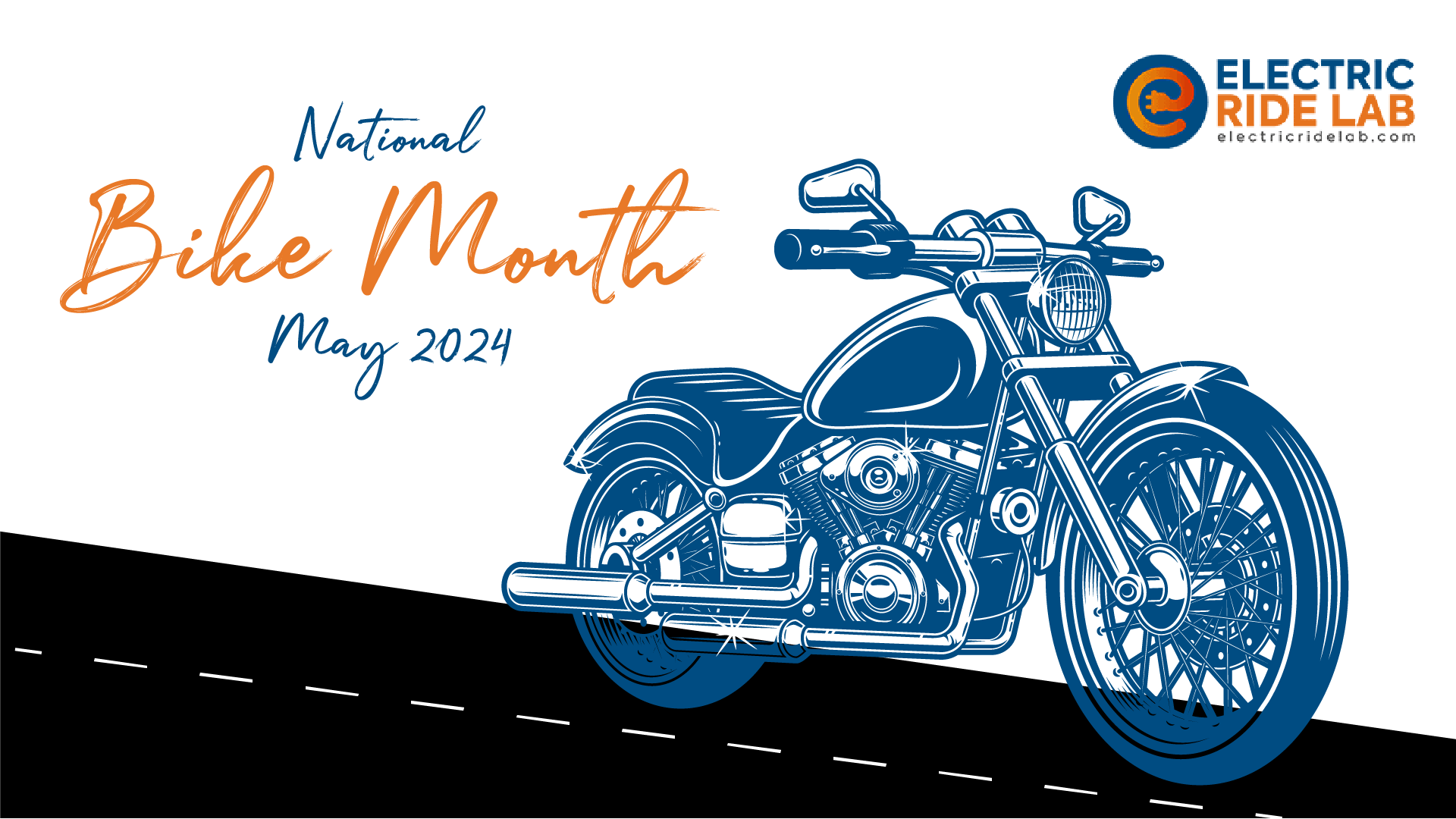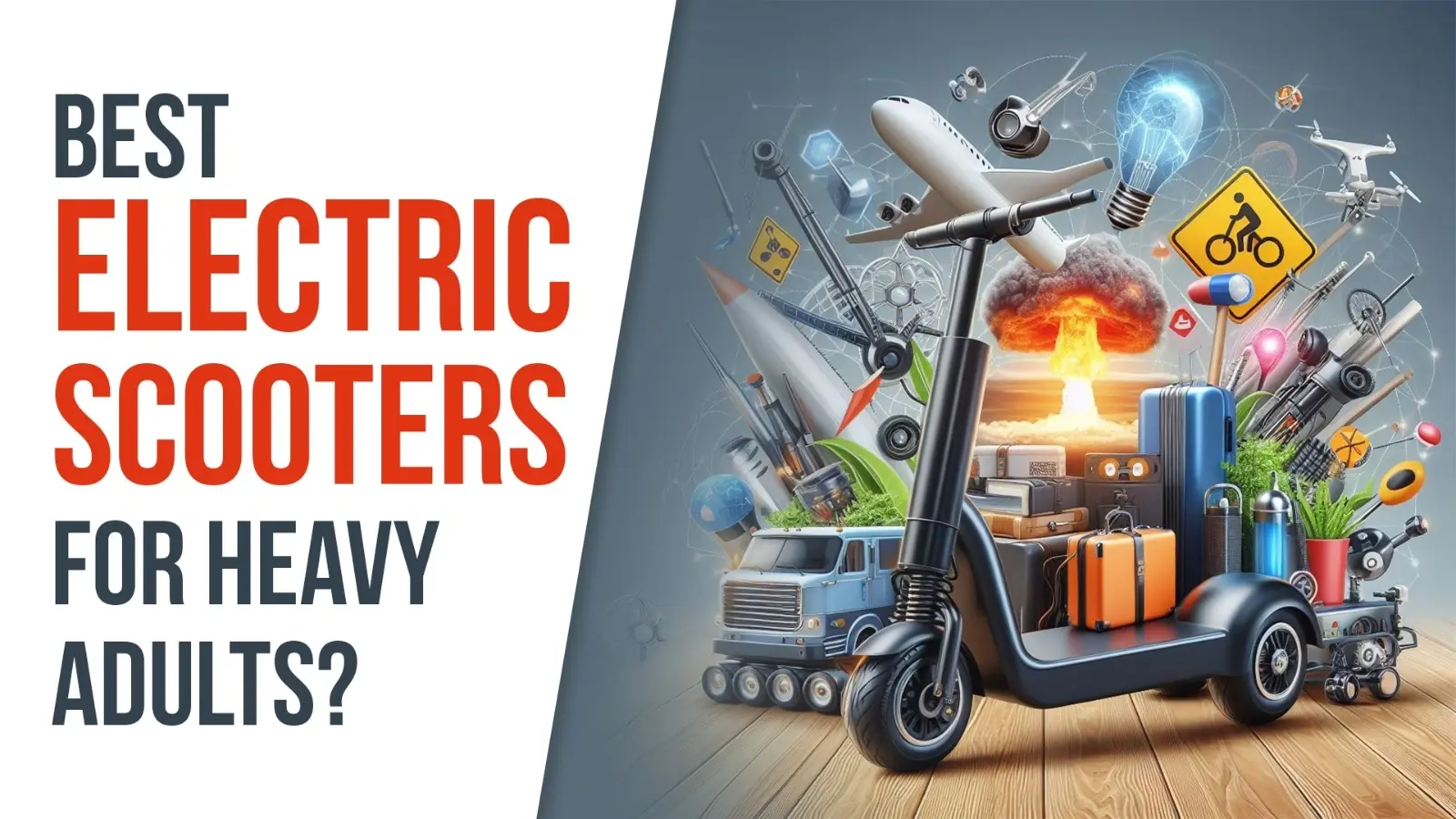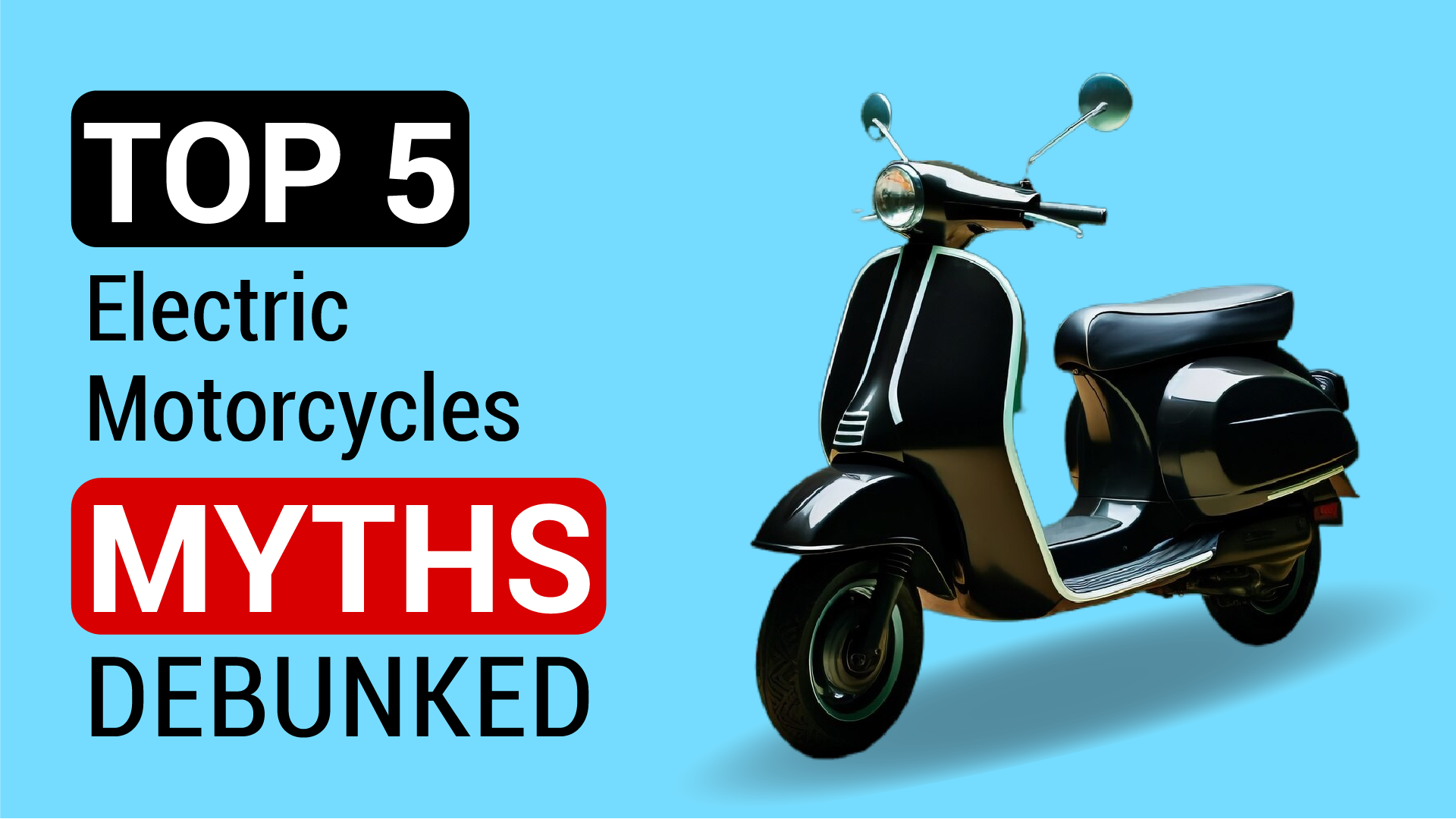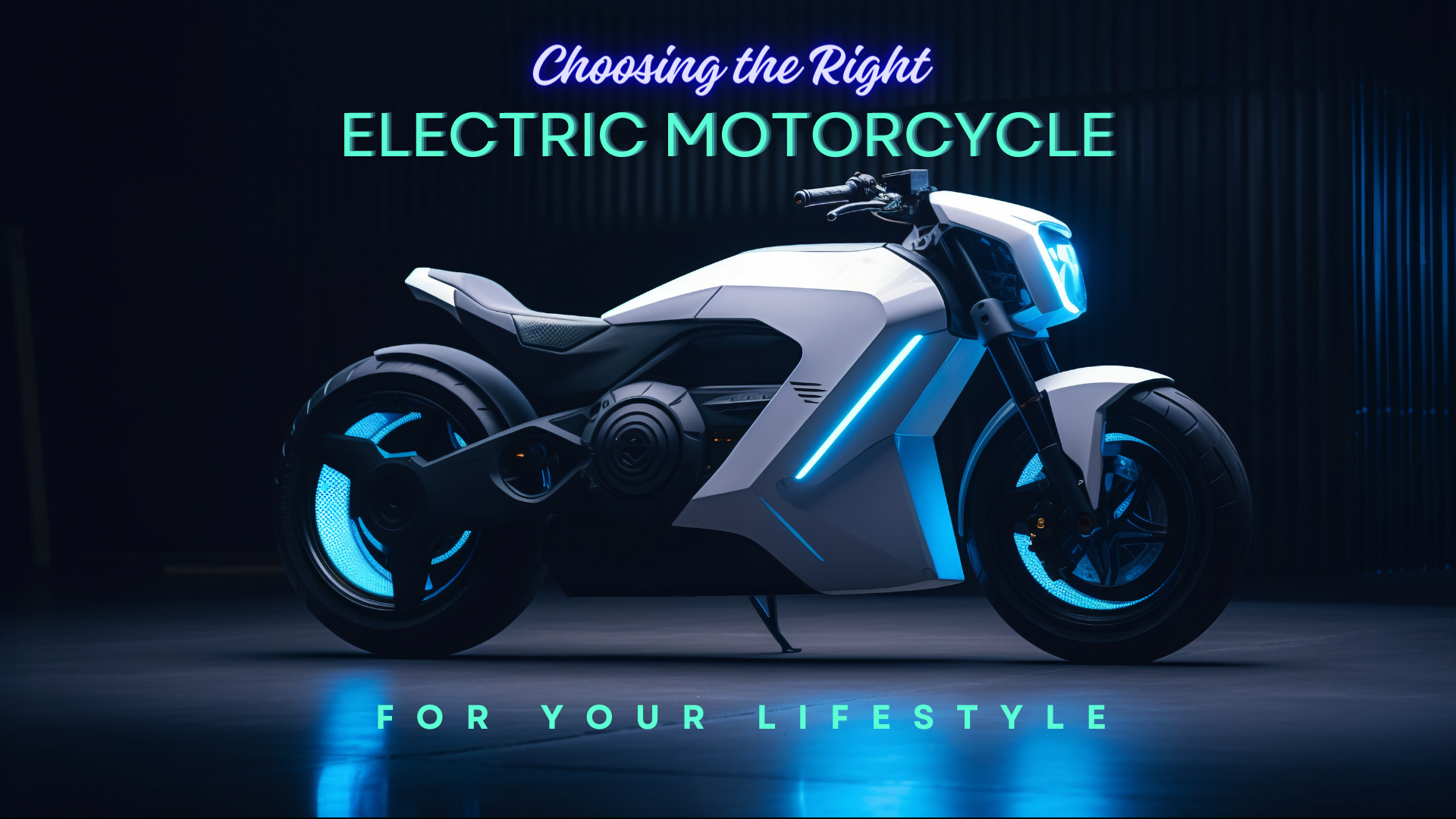Explore Different Classes of E-bikes in this article, aiming to guide you in choosing the perfect electric bike that aligns with your preferences and riding requirements.
Some countries consider electric bikes motor vehicles while other countries still consider them to bicycles – as long as they meet certain requirements.
This is why the 3-class system was created. The system groups electric bicycles into three different classes based on their speed, wattage/power, and, in some rare cases, weight.
Each class regulates how electric bicycles categorized under it should be ridden. This article will explain everything you need to know about e-bike classes and hopefully help you choose the right electric bike under the right class that’s allowed for your particular commute or usage.
Also Related:
What is an Ebike? Is it worth buying?
Below are the details for Different Classes of E-bikes (Categories)
Electric Bike Class 1
What Is a Class 1 Electric Bike
A Class 1 e-bike is a pedal-assist electric bicycle whose speed does not exceed 20mph.
E-bikes in this category provide assistance only when they are pedaled and stop assisting immediately the bike reaches speeds of 20 miles per hour/32 kilometers per hour (15 mph in some European countries)
Once a Class 1 e-bike reaches its set top speed (20 mph), the controller restricts current flow to the motor. This prevents the bike from exceeding the 20mph limit.
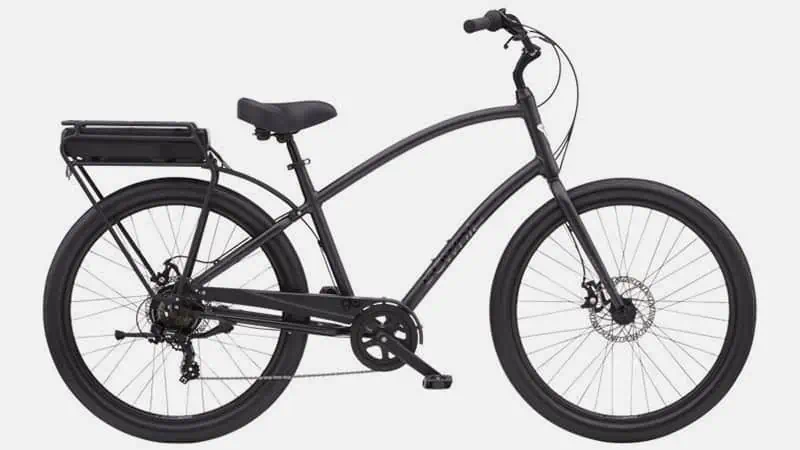
Photo created by electra
Where Are Class 1 E-bikes Allowed
Most regions consider Class 1 electric bikes to be normal, rider-powered bicycles. This means they can be ridden anywhere conventional bikes are allowed.
These include, but are not limited to;
- parks
- bike-only paths
- mountain bike trails, etc.
Also Related:
Electric Bike Class 2
What Is a Class 2 Electric Bike
A Class 2 e-bike is a motorized bicycle with throttle-assist functionality (they could also have a pedal-assist function). Electric bikes in this category don’t need to be pedaled in order for their motor to provide assistance.
They provide power to riders on-demand. However, like Class 1 electric bikes, they are restricted to top speeds of 20 miles an hour.
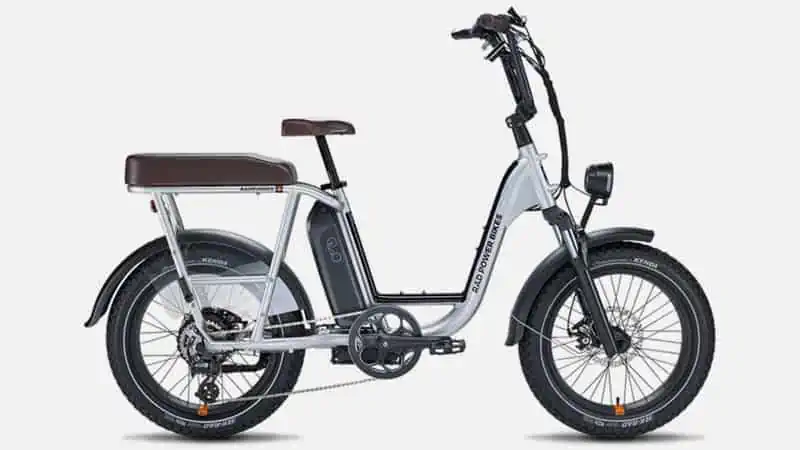
Photo created by radpowerbikes
Where Are Class 2 E-bikes Allowed
Generally speaking, you can ride a Class 2 electric bike anywhere normal bicycles are allowed. However, there are stricter policies on the use of Class 2 e-bikes in certain areas.
For example, in the U.S, Maine requires that riders be at least 16 years old before riding throttle-activated electric bikes. New York, on the other hand, prohibits the use of hand-throttles on any battery-powered bike.
You can find out more about state e-bike laws on Wikipedia’s “Bicycle laws” resource
Also Related:
Ebikes Weight – How Much Do Ebikes Weigh?
Electric Bike Class 3
What Is a Class 3 Electric Bike
A Class 3 e-bike is a pedal-assist electric bicycle that has a top motor-powered speed of 28 miles per hour. This means the motor will only provide power when it is pedaled, and will throttle its current output as the e-bike reaches speeds of 28 mph.
In the U.S., a Class 3 electric bike can only generate power up to 750 Watts (1 Horsepower). However, in places like Belgium and Germany, speed pedelecs can have motors that generate up to 4000 Watts.
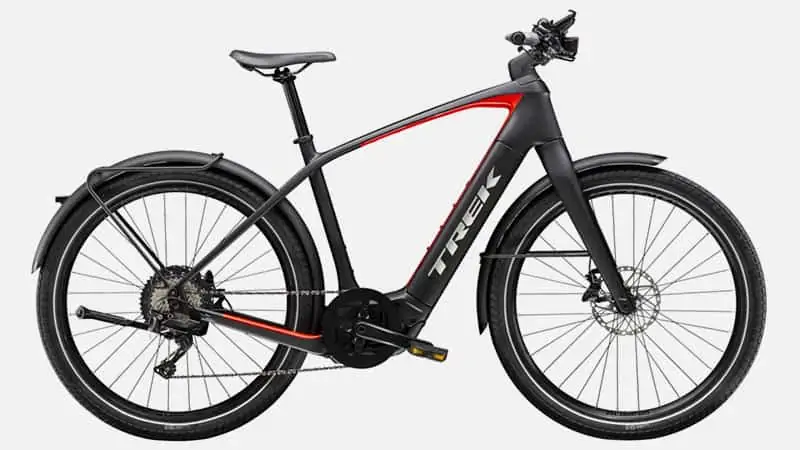
Photo created by electra
Where Can You Ride a Class 3 Electric Bike
Because of their speed, legislative bodies in certain areas restrict Class 3 e-bikes from riding in non-motorized trails or parks. They are allowed on roadway bike lanes or cycle lanes restricted to bicycles only.
Also Related:
Hub Motor vs Mid Drive Motor in E-bikes
Differences Between the Three Classes of Electric Bikes
|
Feature |
Class 1 |
Class 2 |
Class 3 |
|---|---|---|---|
|
Maximum Speed |
20 mph (15 mph in places like Germany, Australia, the U.K., etc.) |
20 mph |
28 mph. Some regions consider Class 3 e-bikes as Mopeds. |
|
Maximum Motor Power | 250 Watts in most E.U countries and 750 Watts in the United States. | Riding a Class 2 e-bike in Europe is mostly frowned upon. In the U.S, they are limited to 750 Watt of power. | 4000W in some European countries (e.g. Belgium and Denmark) and 750W in the U.S |
|
Where Can You Ride Them | Anywhere normal bikes are allowed. | Some places forbid riders from using throttles in public areas. However, they are allowed where Class 1 e-bikes go. | Roadways and bike-only lanes.They are restricted from multi-use trails. |
|
Is There a Minimum Age Requirement to Ride This Class of E-bike | Anyone, irrespective of age, can ride a Class 1 e-bike. | Depends on the region. | This also depends on where you want to ride the bike. |
|
Do You Need a Driver’s License | No | No | Some regions require that Class 3 e-bikes be registered. |
|
Do You Need a Helmet | No, but some regions require that riders below 14 use helmets. | Same as Class 1 e-bikes – if they aren’t strictly prohibited. | Yes |
|
Control System | Pedal-assist only | Throttle-activated. A Class 2 e-bike can also have pedal-assist functionality. | Pedal-assist only |
**Electric bike regulations vary per region. Before purchasing an e-bike, make sure you familiarize yourself with e-bike regulations in your locality.
What Class of E-bike Is Best?
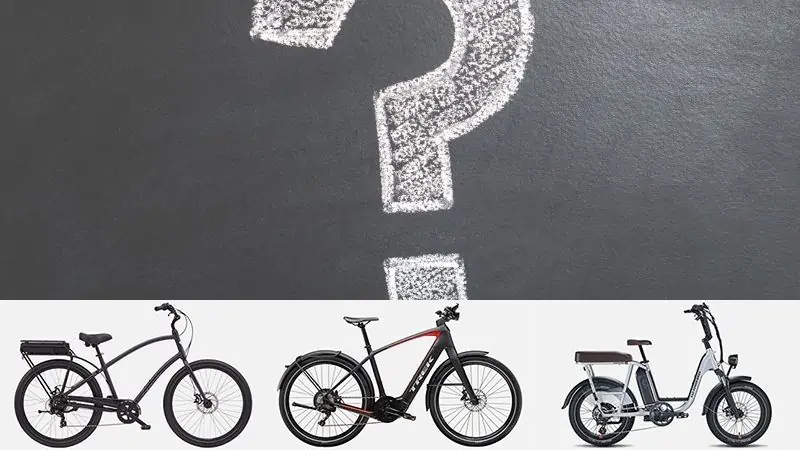
Choosing the best bike from different classes of ebikes for you will depend on your needs as a rider. Class 1 e-bikes offer a wider range of riding options as regional laws are more lenient on them.
Things start to get complicated as you move up the Classes. Riding a Class 2 electric bike is considered illegal in some places, especially when you use the hand-throttle (remember, Class 2 e-bikes may or may not have a pedal-assist functionality)
Class 3 e-bikes are allowed to exceed the speed limits of Class 1 & 2 electric bikes. However, they cannot be ridden in public areas where pedestrians and non-motorized vehicles travel.
Eventually, the best class of electric bike for you will be contingent on which & how many restrictions you can deal with.
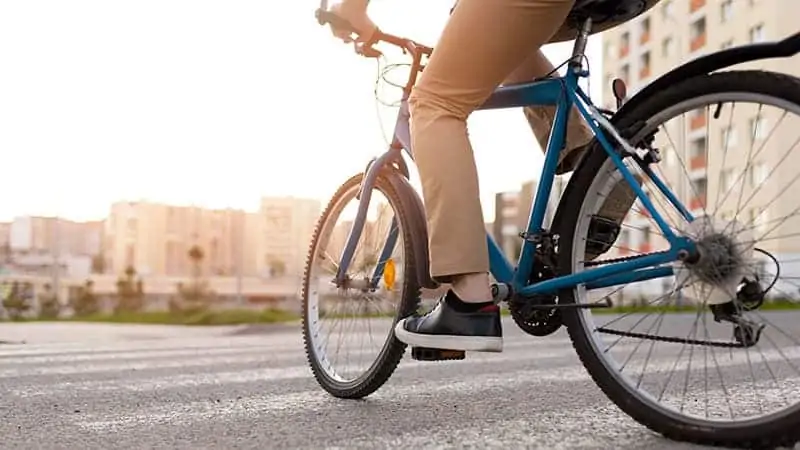
Who’s Ebike Class 1 Best for?
Recreational riders, people who commute by bike, mountain trail riders, etc. As long as you don’t mind pedaling, a Class 1 electric bike will most likely meet your requirements.
Their 20mph speed limit only applies to motor power. A Class 1 e-bike, like a normal bike, can take you as fast as your legs can pedal.
Their motors just stop assisting once they hit 20 miles per hour. Riders can travel at speeds exceeding that limit, but it’ll rely solely on pedaling power.
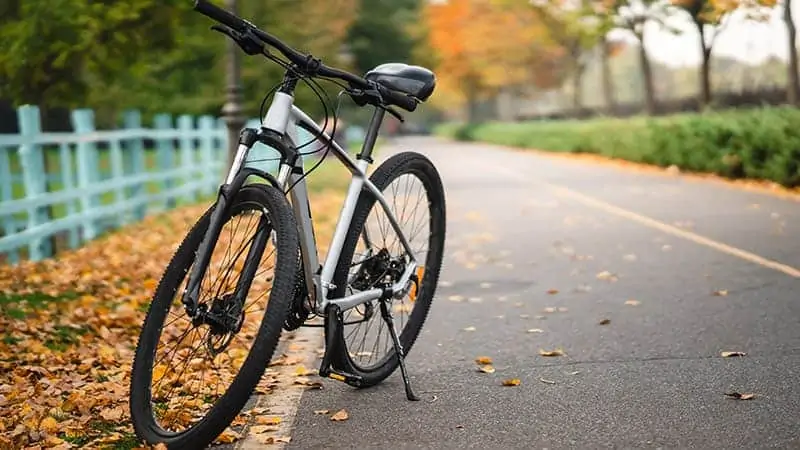
Who’s Ebike Class 2 Best for?
Anyone who can’t — or doesn’t want to — pedal, people who transport cargo, etc. A Class 2 e-bike’s motor can be activated with a hand-throttle.
So, anyone who wants to eliminate pedaling in his/her rides will find Class 2 electric bikes more fitting than any other e-bike class.
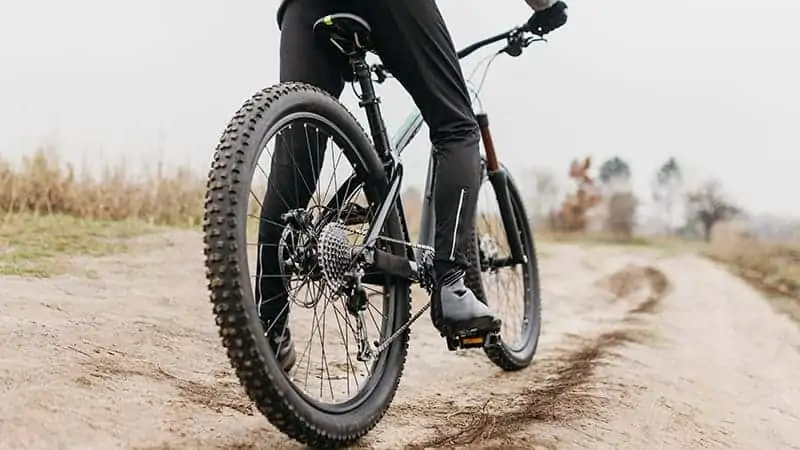
Who’s Ebike Class 3 Best for?
Class 3 e-bikes are best for commuters. They provide electric power up to 28 miles per hour, so they are pretty much ideal for anyone looking for a speedy e-bike trip.

